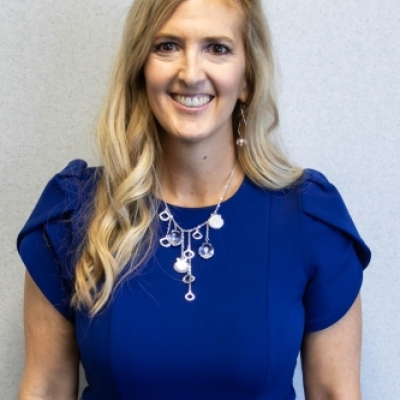The influence of out-of-school activities such as sports and clubs on school outcomes has been an enduring topic of interest in education. A recent study in the Education Finance and Policy Journal adds summertime employment to the list of possible non-school “interventions” that may yield an academic boost for participating students.
Low-income youth who are selected for Boston’s Summer Youth Employment Program are employed for six weeks in July–August and are paid Massachusetts’s minimum wage. They receive twenty hours of job-readiness training, including developing soft skills—such as communication, collaboration, and conflict resolution—as well as learn how to search for a job, draft a resume and cover letter, and answer typical interview questions. Students are placed in local nonprofits or city agencies, where they work a maximum of twenty-five hours per week. Upwards of one-third work in a daycare center or summer camp, the rest with private-sector employers. Roughly two-thirds of students were in grades eight and nine when they applied. Analysts tracked them through 2018–19—i.e., for four years—and found little evidence of selective attrition.
The study relied on assignment to the oversubscribed program in 2015 via a random drawing or lottery, wherein over 4,200 young people applied and about 1,100 were offered jobs when their name was drawn. The rest comprised the control group (just 28 percent of whom also worked during the same summer months as the treatment group). Because program administrators can make an offer to participate in the jobs program but can’t control who agrees to participate (only 84 percent actually accepted the offer), researchers look at the impact of that offer—not of taking the job. This “intent-to-treat analysis” necessarily understates the effects on summer workers.
Analysts found that lottery winners were 4.4 percentage points more likely to graduate from high school on time than lottery losers. The winners were also 2.5 percentage points less likely to drop out of high school during the four years, with most of the improvement occurring in the year after being offered a job. Attendance rates improved by 2.4 percentage points or 3.4 days, which was enough to reduce chronic absenteeism by 5.9 percentage points: a 21 percent improvement. Researchers found small positive impacts on overall GPA in year one, too, such that better attendance and course performance appeared to be driving the improvements in high school graduation. They also examined the impacts on youth who applied to the program for a second year and were randomly selected to participate again, finding that the positive effects on attendance in the first year endured, as did the impacts on GPA. (Those results are suggestive, as students applying a second time may have greater intrinsic motivation or possess other unobservable differences.) As for the effect on subgroups, the program’s impact was greater for males, youth of legal dropout age, and students who were chronically absent prior to participation.
Finally, researchers analyzed student survey data to see how program participation correlated with improvements in outcomes. They found that on-time graduation and better attendance were strongly linked to gaining a mentor, learning to be on time, and managing one’s emotions. These findings should be taken with a grain of salt since response rates lagged for the control group. Still, it is interesting that many of the treatment students appeared to steward their income responsibly: Half indicated that they helped pay one or more household bills with their summer earnings and 20 percent reported saving for college tuition, which is 4.3 percentage points more than the control group.
The many positive outcomes observed suggest that such a program has the potential to help more students stay in school and improve their grades while assisting their families financially. In 2015, Boston’s program cost about $2,000 per student, and a rudimentary calculation in the report concluded that the program yielded a benefit-to-cost ratio of two to one. These findings should encourage enterprising communities to look at similar job-readiness models for their own young people, and perhaps mull whether some of them should actually take place during the school day.
SOURCE: Alicia Sasser Modestino and Richard Paulsen, “School’s Out: How Summer Youth Employment Programs Impact Academic Outcomes,” Education Finance and Policy (January 2022).




